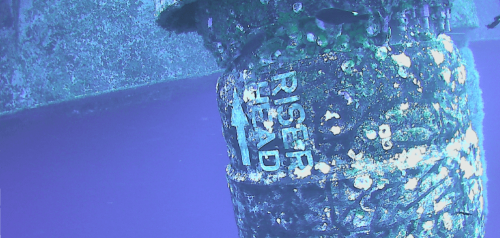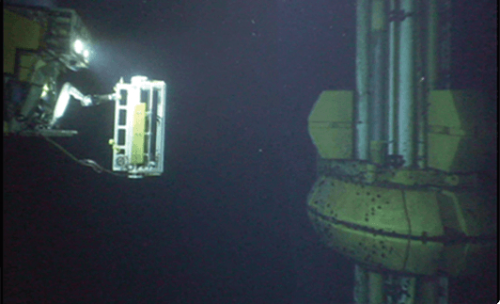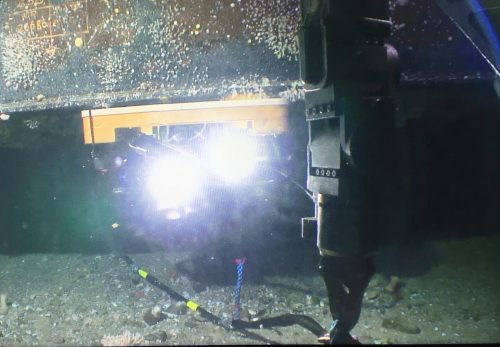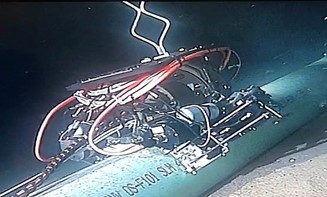The most common integrity issues relating to flexible risers are mechanical damage to the outer sheath or a venting system’s failure due to harsh environments in deeper water. These can lead to a pressure breach of the out sheath and flooding of the riser annulus, ultimately weakening the riser integrity through corrosion of the internal wire.
Sonomatic’s engineers are extremely familiar with these types of issues (35% of flexibles experience issues of this kind) and can help clients address these early, well before they begin drastically reducing the service life of the risers.




